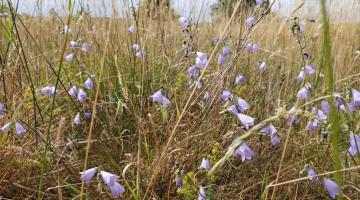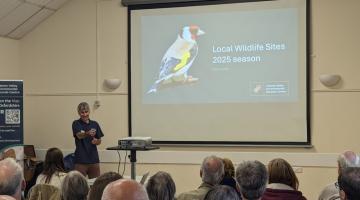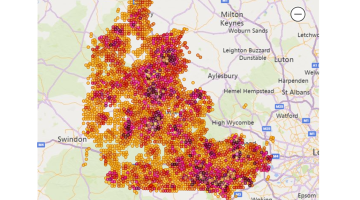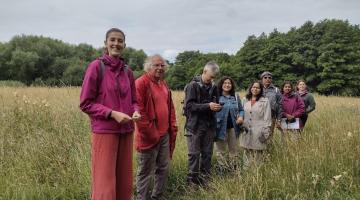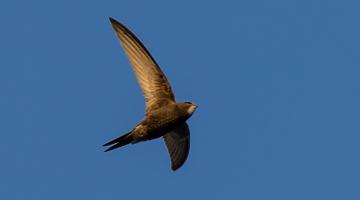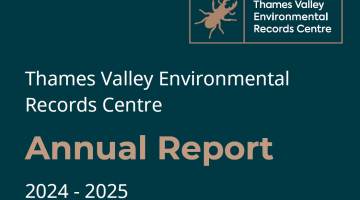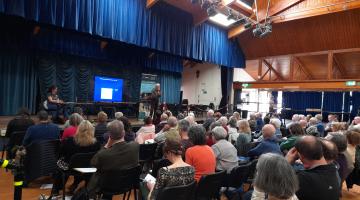Cookies on Thames Valley Environmental Records Centre
We use four types of cookies on our site. Essential and analytics cookies are not used for any marketing or advertising purposes.
- Essential cookies ensure our website works for you. These are always switched on because without them you won’t be able to use our site properly.
- Analytics cookies help us understand how you use our website so we can improve it. They also ensure that when you come back to the site, it remembers what you were looking at.
- Marketing cookies to measure the effectiveness of advertising campaigns.
- Third party cookies give us permission to share information about your use of our site with our partners (e.g. YouTube, social media). They then use this to personalise their advertising to you.
Cookie settings
Manage your cookies.
-
Strictly necessary cookies
Always active -
Analytics cookies - not used for any marketing or advertising purposes.
-
Marketing cookies
-
Third party cookies (e.g. YouTube and Vimeo)


